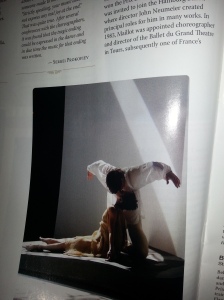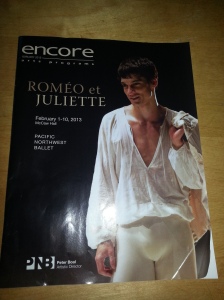 While Little A and I took a couple of weekends off for her face to heal and my entire left side to stop hurting, XX started her snowboard multi-week. She had a tough first class when the instructors, knowing her as a shredder on two sticks, started her out in a more advanced group and then had to move her down a level midday when she couldn’t keep up. This was an experience akin to me not winning the spelling bee in 4th grade – an event so counter to previous experience that it shot beyond humbling into full blown shame. By the time we all went up again, she had worked herself into a frenzy of snowboard dread.
While Little A and I took a couple of weekends off for her face to heal and my entire left side to stop hurting, XX started her snowboard multi-week. She had a tough first class when the instructors, knowing her as a shredder on two sticks, started her out in a more advanced group and then had to move her down a level midday when she couldn’t keep up. This was an experience akin to me not winning the spelling bee in 4th grade – an event so counter to previous experience that it shot beyond humbling into full blown shame. By the time we all went up again, she had worked herself into a frenzy of snowboard dread.
On Sunday a friend rode up with us. He entertained the girls in the back seat, and an extra adult made lugging gear through the parking lot a ton easier – especially fortunate since Stevens had decided not to cut out a full size parking lot out of the snow bank. Two people couldn’t fit between the cars, and cars couldn’t pass down the aisle while someone was standing behind their car. It took almost half an hour to get the car unloaded while we tried to keep from getting hit by passing cars. Trying to walk that gauntlet with gear and kids was beyond sketchy – it was dangerous. Big boo to Stevens management on the parking.
My Saturday yoga class pushed past my limits. I was actually shaking when I left the studio. Warm-up runs on Daisy confirmed that my legs were shot before I even started. Instead of trying to pick lines, I was just trying to make the board turn. All my old fears and bad habits came roaring back. I spent almost an entire run on Hogsback heelside, unable to push myself into a toe side turn. When I did force it, I over-turned every time and ended pointed back up the mountain.
By the third run I was resigned to the fact that it was just not my day, so when we rode the lift up Hogsback with two little kids, I already knew I would fall getting off. I became genuinely concerned about them falling before we got to the top; the 8 year-old girl kept bending forward to brush snow off her boots, and her 10 year-old brother induced vertigo in me by looking down between his knees. Finally we made it to the top, where the kids rode right into me. By some miracle I didn’t fall or knock them down and after that lift ride, crashing didn’t seem so scary.
Crash I did, but nothing on the scale of the first day. My legs finally started to loosen up, and I started to feel a little more control. Heartened by my first decent run of the day, I headed straight back up Hogsback. The Daddy rode with me, and trying to watch what I was doing, he actually took a couple nasty falls.
But I had a perfect run. I could follow the lines I picked, my turns were smooth and happened when I wanted them to; I even hit a death cookie and rode it out. Riding switch for the last couple turns at the bottom of the hill, I slid to a stop right at the door to the ski school. There was time for another run before lunch, but I wanted to end on a high note. I remembered an interview with a ski jump coach who said you just keep launching kids off a ramp, and hope they make a good jump. Once they land a good a jump, they’ll spend the rest of their lives trying to recapture that feeling.
After a run like that, I understood him completely. That kind of euphoria is enough to keep a klutz slamming down a mountain year after year with hardly any progress on the off chance that the next run will come together like that again. I didn’t even make six runs that day, but for a little while, I owned that mountain.
Little A’s class had not done the magic carpet as expected, but her teacher said she was ready for it next time. She didn’t seem upset that the promised carpet ride had not yet materialized. But after lunch, instead of asking to play in the snow like usual, she wanted put her skis back on. While the guys got in a few more runs, I pulled Little A around by her ski pole. When she was used to being dragged across the snow, we took a magic carpet ride. With her pole for a handle, I walked her back down the hill in big S curves while she practiced leaning forward and pointing her skis for the turns.
When XX finally came tumbling down Daisy (hers was the last group to come back in) we could tell from dozens of yards away that it was a good day. She had done as many runs as I did, and once got off the lift without falling. Her fears and her “failure” from the previous week were forgotten. A little skier went out on a snowboard that morning, but a snowboarder rode back in.
When we got home, Little A refused to change into regular clothes. Energized from her nap in the car, she spent the whole evening running circles through the house, shouting, “I’m skiing! I’m skiing! Look how fast I am!” She slept in her base layer instead of her jammies that night. I am sure that she dreamed of riding pretty lines in the snow.






















